Five Days in Saxony-Anhalt, Germany with TRANSROMANICA
I recently returned from a wonderful five-day trip through Saxony-Anhalt, Germany hosted by TRANSROMANICA. We toured the Romanesque sites in this region, which is located in central Germany, equidistant from Hamburg and Berlin and just north of Leipzig.
The capital of the state is Magdeburg, a charming riverside city in the center of the state. Magdeburg is known for its Romanesque Art Centre and Gothic cathedral, the burial place of Holy Roman Emperor Otto the Great.
Magdeburg is the headquarters of the Route of the Romanesque, a network of Romanesque heritage sites stretching from Portugal to Romania and from Germany to Italy. The route is maintained by TRANSROMANICA, an international organization based in Magdeburg.
About TRANSROMANICA
TRANSROMANICA focuses on the common cultural heritage of the Romanesque art and architecture in Europe and is made up of twelve heritage sites across nine countries. In addition to highlighting the shared heritage of different countries in Central Europe, the organization and the route also work to make these sites accessible to the public and help develop sustainable marketing strategies that support tourism and regional economic development.
In 2007, TRANSROMANICA was officially recognised as a “Major European Cultural Route,” which signifies that the Romanesque Route meets the criteria set forth by the Council of Europe: “to demonstrate in a visible way, by means of a journey through space and time, how the heritage of the different countries and cultures of Europe represented a shared cultural heritage.”
TRANSROMANICA works in various fields to meet the fundamental principles of the Council of Europe, namely research and development, cultural, education, and artistic exchanges, cultural tourism and sustainable development, and enhancement of memory, history, and European heritage.
The TRANSROMANICA Route of the Romanesque is a delightful glimpse into the shared cultural heritage of Central Europe and it was interesting to spend five days in Germany, learning about the history and the heritage of the Romanesque. To understand the history and Romanesque architecture, follow our route below!
Day 1: Magdeburg, Saxony-Anhalt
We arrived in Magdeburg, the capital of the Saxony-Anhalt region, which is just two hours from Berlin by car or train.
Saxony-Anhalt is a new German state, created following the division of Germany post-World War II. It was firstly controlled by the US, who handed over to the Soviets per the 1944 London Protocol. Saxony, as it was known then, controlled several of the surrounding states and it was renamed Saxony-Anhalt in 1946.
The state has the most UNESCO World Heritage Sites in all of Germany, having several with close ties to the Reformation and Martin Luther.
Visit the Romanesque Art Centre
A visit to the Romanesque Art Centre, the headquarters of TRANSROMANICA, provides an overview of the European-wide Route of the Romanesque as well as the Saxony-Anhalt part of the route.
Dine: Ratskeller
We enjoyed dinner at Ratskeller, the oldest restaurant in the state at over 300 years old! The building is even older, however, having first been mentioned in 1293. Prior to the restaurant, the building was a prison and ironically is notably where, in 1325, a bishop was killed because he wanted to impose taxes on beer. The restaurant serves typical German cuisine and excellent beer, promising a culinary journey through traditional German food.
Stay at: ArtHotel
ArtHotel Magdeburg is a funky, artistic hotel located within the Green Citadel, a bright pink building in the center of town.
The colorful building was designed by Friedensreich Hundertwasser, an Austrian artist and architect known for whimsical and fascinating structures like Hundertwasserhaus in Vienna or the toilets in Kawakawa, New Zealand.
ArtHotel Magdeburg has 41 rooms, all eclectic and bright, yet functional and comfortable. Book your room here to compare and find the best prices>>
Day 2: Route of the Romanesque
On our second day, began the Route of the Romanesque. The route forms a figure eight on a map, and by following the below itinerary over the next few days, you are guaranteed to see much of the heritage trail.
Jerichow Monastery
Jerichow Monastery is in the northern part of Saxony-Anhalt, about 90 minutes from Magdeburg, in Jerichow. It is not actually, nor ever was a true monastery; rather it was a collegiate church – it is simply called a monastery for the architectural structure of the building, and it is one of the oldest and most important brick buildings along the Elbe.
The priests who founded the Jerichow Monastery in 1144 were Premonstratensians, secular priests who performed many of the duties of monks. Jerichow was initially built in the center of the town by the same name, but moved in 1148 to its present location north of town and expanded.
Today it consists of the basilica, crypt, cloister, collegiate dormitories, and bell towers. Visitors can discover the fascinating building and grounds, including the cloisters, with audio guides.
We continued back to Magdeburg for a cycling tour with Elbe Rad Touristik, a touring company that offers multi-day cycling tours along the Elbe, Danube, and Main rivers, among others.
St. Maurice and St. Catherine’s Cathedral
The afternoon began with a visit to St Maurice and St Catherine’s Cathedral, which lies in the heart of the city.
It was the first Gothic cathedral erected in Germany, dating back to 937 when Emperor Otto I founded a monastery here. In 955, the 104-meter tall building was transformed into a Romanesque cathedral and subsequently became an archbishopry in 968. Otto had many Italian works shipped here, some of which can still be seen today.
Visitors can tour the cathedral (daily) and climb the bell towers 433 steps for exceptional views across the city and the River Elbe. Public tower tours take place every Friday, Saturday, and Sunday between April and October and are limited to 20 people. Winter night tours of the cathedral take place every second Friday from September to April. Group tours are in German, but English is available upon request.
We continued the bicycle tour through the city and along the river Elbe. While our destination was a popular restaurant and Biergarten called Mückenwirt, we didn’t actually dine there. Instead, the tour ended with a dinner cruise on the Elbe as it winded through the city.
Day 3: Harz Mountains
On day three, we checked out from the ArtHotel and headed north to the Harz Mountains, about one hour and 45 minutes from Magdeburg.
Here, among the rugged terrain, is Harzadrenalin, an adrenaline adventure park, perfect for a thrill-filled morning. The Megazipline, which is 1,000 meters long, soars 120 meters above the Rappbodetalsperre, or Rappbode River Dam. It is Europe’s largest double rope zip line.
The park also offers Segway tours, wall-running, and a gigaswing. There is a suspension pedestrian bridge as well, the longest of its kind in the world at 458 meters long. Dubbed the Titan-RX, the bridge opened in 2017.
Halberstadt
In the afternoon, we continued to Halberstadt, the capital of the Harz region. Halberstadt is known for its old town center, cathedral treasury, and for a rather unique church performance.
The town was founded in the 9th century, while the Church of Our Lady was constructed in the 11th, but it wasn’t until the cathedral was constructed in the 13th century that Halberstadt joined the Hanseatic league.
During the Second World War, the town center was heavily damaged by American forces but over the following decades was painstakingly restored.
Halberstadt Cathedral
The Halberstadt Cathedral was built in the 12th century, modeled after French Gothic cathedrals.
Its treasury boasts an extensive collection of medieval art, including a world-famous tapestry. Many of the 600 pieces in the collection are Byzantine in origin, arriving in Halberstadt following the sack of Constantinople during the Fourth Crusade.
The recent film, The Monuments Man, starring George Clooney, was filmed in the Halberstadt Cathedral.
Burchardikirche
Nearby, the Sankt-Burchardi Church hosts an ongoing performance of the organ piece As Slow As Possible. It is estimated to take 639 years to perform. 639 years is the age of the organ in Halberstadt’s cathedral at the time the performance began, in 2001. Halberstadt’s organ was the first permanently installed organ in the world.
In the evening, we enjoy a walk through the restored old town center on our way to dinner at the Halberstädter Hof.
Dine: Halberstädter Hof
We had a lovely dinner at the traditional German restaurant inside the Halberstädter Hof hotel, in town. The menu consisted of regionally authentic food as well as the typical German wursts and beers. There is both indoor seating as well as a spacious Biergarten for those sunny, warm days.
Stay: Parkhotel Unter den Linden
Parkhotel Unter den Linden is one of the most traditional country houses in the region. It was built in 1910 as a country estate for the Halberstädter Kommerzienrat Kurt Klamroth.
In the middle of the Second World War, the Klamroth family was involved in the assassination attempt on Hitler, and as a result was forced from their home, which was put in trust to become a boarding house and later hotel. In the early 1990s, after the reunification, it changed hands once again to become what it is today: a luxurious country hotel with just 80 rooms. Find and compare the best prices for the hotel here!
Day 4: Cultural Excursions around Saxony-Anhalt
In the morning, after a two-hour bus ride to Merseburg, we visited the cathedral, an important stop along the Route of the Romanesque.
Merseburg was founded in the 9th century and was a favorite residence for many of the German kings in the 10th, 11th, and 12th centuries. During the 17th and 18th centuries, it was home to the Dukes of Saxe-Merseburg, but by the 20th century was an industrial town. It was badly damaged during the war. Today, Merseburg is home to the cathedral, episcopal palace, and a university.
Merseburg Cathedral and Episcopal Palace
The Merseburg Cathedral dates back to the 10th century when Otto the First established a diocese following a battlefield victory.
The current cathedral, a TRANSROMANICA highlight, was built on the same site in the 11th century, although it was modified over the years and has a variety of Gothic, Romanesque, and Baroque architectural styles. The crypt remains original and is one of the oldest of its kind in Germany.
In 1545, Martin Luther gave a speech at the cathedral. Since the Reformation, no bishop has held the seat in Merseburg Cathedral.
Guided tours are available twice daily in the summer and once a day in the winter. They are in German. Audio tours are also available in German and English.
Querfurt Castle
The Querfurt Castle is known as the Movie Castle, but it is also the largest castle in Central Germany and one of the most well-preserved fortresses along the TRANSROMANICA route.
Querfurt Castle is the site of many medieval movies, where the heritage and culture of the Middle Ages combine with the modern theatre. “Pope Joan” is one of the more famous movies filmed here.
Visitors can explore the castle’s 3.5 hectares of ground and garden as well as enjoy lunch at the cafe on site or in the charming town of Querfurt. We had a light lunch here.
Nebra Sky Disk
The Nebra Sky Disk is an archaeological finding that depicts the Cosmosphere. It was found by illegal treasure hunters in 1999 and was at first thought to be fake but now is widely considered to be authentic.
The disk measure 12 inches in diameter and is inlaid with flecks of gold thought to be stars as well as a larger circle (the sun) and four arcs (the moon, the solstice, and an unknown random arc). It is possible that the Nebra Sky Disk is of both religious and astronomical significance.
Monastery and Imperial Palace Museum of Memleben
Memleben is the site of two important deaths: King Heinrich I and Holy Roman Emperor Otto the Great. The Imperial Palace was built by Heinrich in the early 10th century, while the abbey, which was founded by Otto the Great’s son Otto II, dates back to the later part of the same century.
Little remains of the great church from the 10th century, although pavers outline the floor plan, which was discovered through archaeological findings. The 13-century church is also worth visiting, as is the Romanesque crypt, one of the important attractions along the Route of the Romanesque.
As part of our tour, we learned how to write our names in traditional medieval writing at the Memleben Monastery and Imperial Palace.
Dine: Monastery and Imperial Palace Museum
We enjoyed a monastic dinner at the Memleben Abbey and Imperial Palace. Our dinner consisted of delicious soup, small salad, roast chicken, apples, and a local wine.
Stay: Hotel Waldschlösschen in Wangen
The Hotel Waldschlösschen in Wangen is a family-run hotel that lies just steps from where the Nebra Sky Disk was discovered. The large heritage-listed house is comfortable and cozy, and has only 13 rooms that overlook the nature park in which the hotel sits. You can check for the best prices here.
Day 5: Freyburg and Naumburg
Our last day of the tour, and it was time to finish up the remaining locations along the TRANSROMANICA Route of the Romanesque. It was a more active day, with plenty of hiking and wine tasting!
We began the day at Freyburg, where we hiked across the vineyards toward Neuenburg Castle. Along the way, we stopped at the wineries to taste some regional wines and enjoy the wonderful views across the gently rolling hills. This region is well-known for its Rötkappchen sparkling wine, one of Germany’s most popular and beloved wines.
Neuenburg Castle
Neuenburg Castle was built in the early 11th century by Thuringian counts. It was once the center of the medieval court and later a hunting residence.
Today, the castle houses a wine museum that traces the history of winemaking in the Saxony-Anhalt region. Visitors can take a guided tour to learn the history of the castle, explore the castle grounds, learn about the wine heritage, and climb the keep for exceptional views of the Freyburg area. At the top, you can enjoy lunch at the traditional German restaurant, like we did, or descend for lunch at one of the nearby restaurants, like Rudelsburg Castle.
Rudelsburg Castle
Quite possibly the best way to reach Rudelsburg Castle is by river cruise down the River Saale. The 12th-century castle is one of the most well-known in the area, although today it is little more than a ruin. Rudelsburg Castle, once a residence for nobility, was destroyed in the Thirty Years War and left to fall into disrepair.
In the 19th century, it became a popular resting place for hikers, so much so that a former vineyard worker began to offer food and drink to those stopping there. By the middle of the 19th century, it was a full-scale restaurant and by the 20th century was being used as meeting places for student fraternities.
During and after the war, secret meetings took place here, although it wasn’t until the 1990s that student began to return to their former universities and reopen the meetings.
Today it is a popular hiking stop as well as an important stop on the Route of the Romanesque. We stopped for some refreshment and met the lovely owner who showed us around.
Naumburg Cathedral
Naumburg Cathedral is one of the newest UNESCO World Heritage Sites in the world, earning the honor in July 2018.
You can read more about the UNESCO Site Naumburg Cathedral here>>
The first cathedral on the site, an early Romanesque church, dates to the early 11th century; the crypt from the early church is the only original feature that remains in the later cathedral. Construction began on the modern cathedral in the 13th century. While it began as a Romanesque cathedral, Gothic elements were later added, destroying the earlier Romanesque. Fire damaged part of the complex in the 16th century.
During the Reformation, the church was transformed into a Protestant church, which it remains so to this day. Naumburg Cathedral is one of the most important medieval buildings and a highlight of the TRANSROMANICA route.
Dine: Naumburg Ratskeller
The Naumburg Ratskeller is a popular restaurant on the main square in Naumburg. Located within one of the original town buildings, the beer garden attracts those seeking traditional German food, locally brewed beer, and warm, German hospitality.
We ended our five-day trip through Saxony-Anhalt here, enjoying delicious home-cooked fare and beer brewed on-site in their small brewery. With plenty of indoor and outdoor space, the Naumburg Ratskeller is a great place to celebrate or simply taste typical Saxon food.
 Stay: Hotel Zur Alten Schmiede
Stay: Hotel Zur Alten Schmiede
Hotel Zur Alten Schmiede, located in the center of Naumburg, is the perfect place to stay to explore this historical town. With just 18 rooms, it is an intimate, family-owned hotel in a historic building. The terrace and Biergarten are wonderful places to relax, while the rooms are comfortably equipped and cozy. Book your room here.
5 Day Itinerary for Saxony-Anhalt
Saxony-Anhalt is a culturally rich, naturally beautiful region of Germany. It’s long history, from the Bronze Age into the modern day, highlights the strong heritage of the German people.
As one of the most well-known stops along the TRANSROMANICA Route of the Romanesque, which celebrates the medieval Romanesque Gothic heritage of Central Europe, Saxony-Anhalt is a must visit for history lovers.
The northeast German region also has exceptional outdoor activities, exciting adrenaline-pumping parks, and jaw-dropping landscapes in the Harz Mountains and along the Elbe and Saale Rivers.
I thoroughly enjoyed my five-day trip through the region with TRANSROMANICA and recommend this as a stop on any German itinerary. If you follow the above days, you’ll see an outstanding glimpse into the history and culture of Saxony-Anhalt.
5 Days in Saxony-Anhalt was written by Chrisoula Manika from TravelPassionate for EuropeUpClose. She has a ton of useful Europe content on her blog and you should definitely check it out.

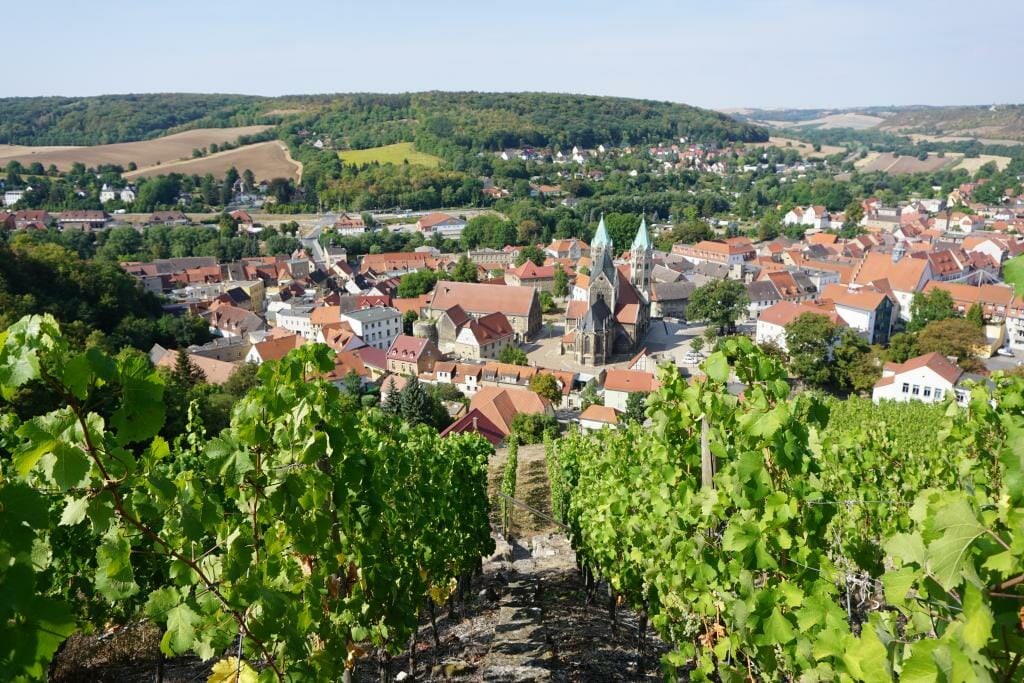
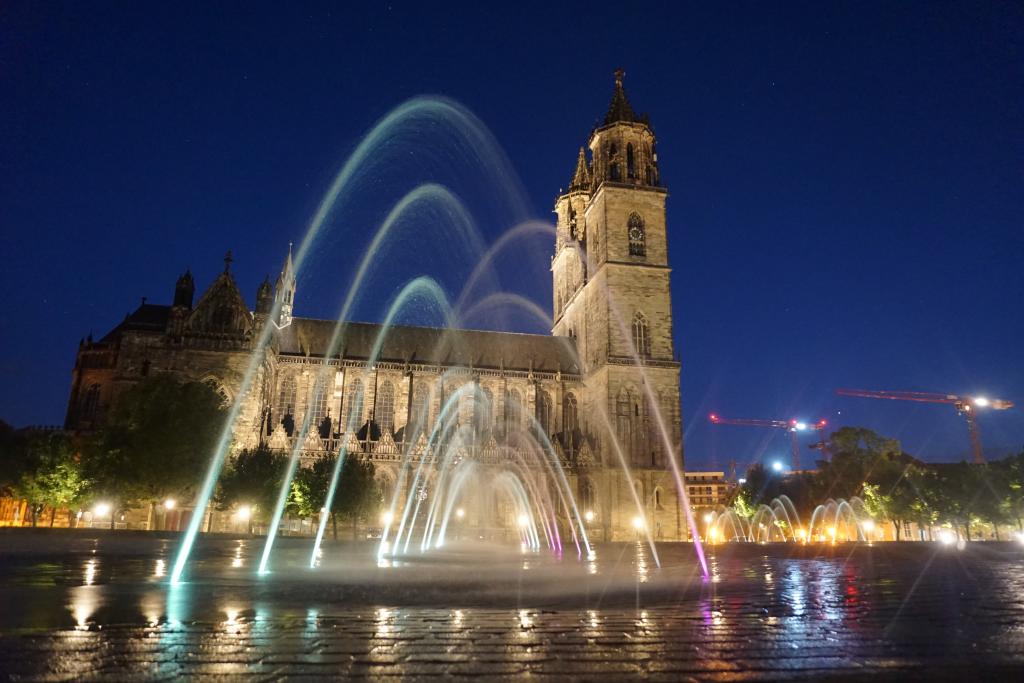
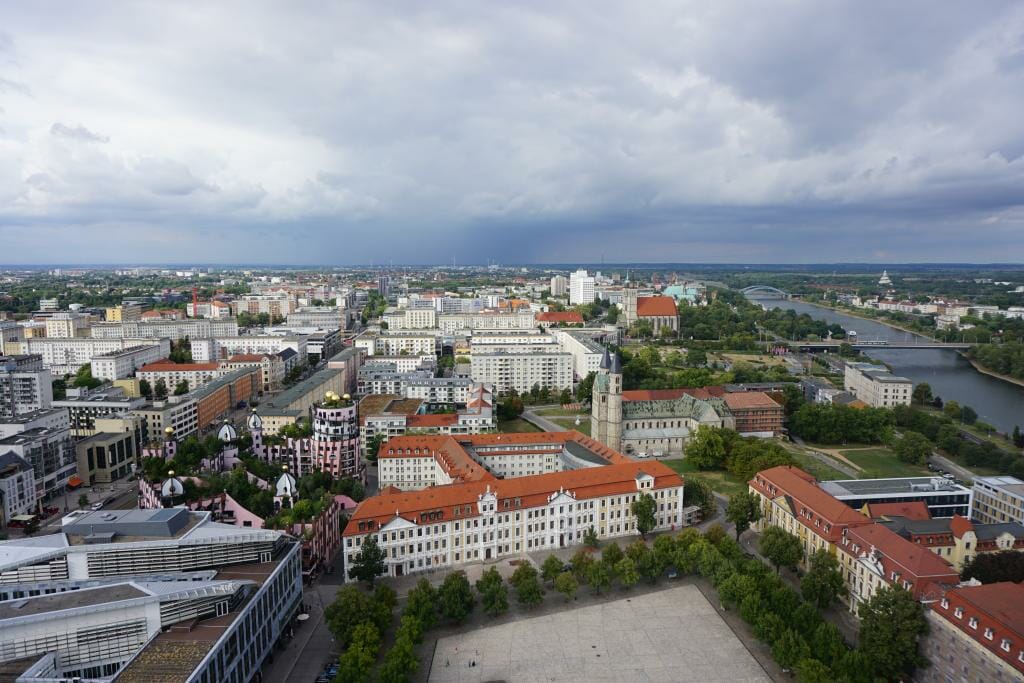
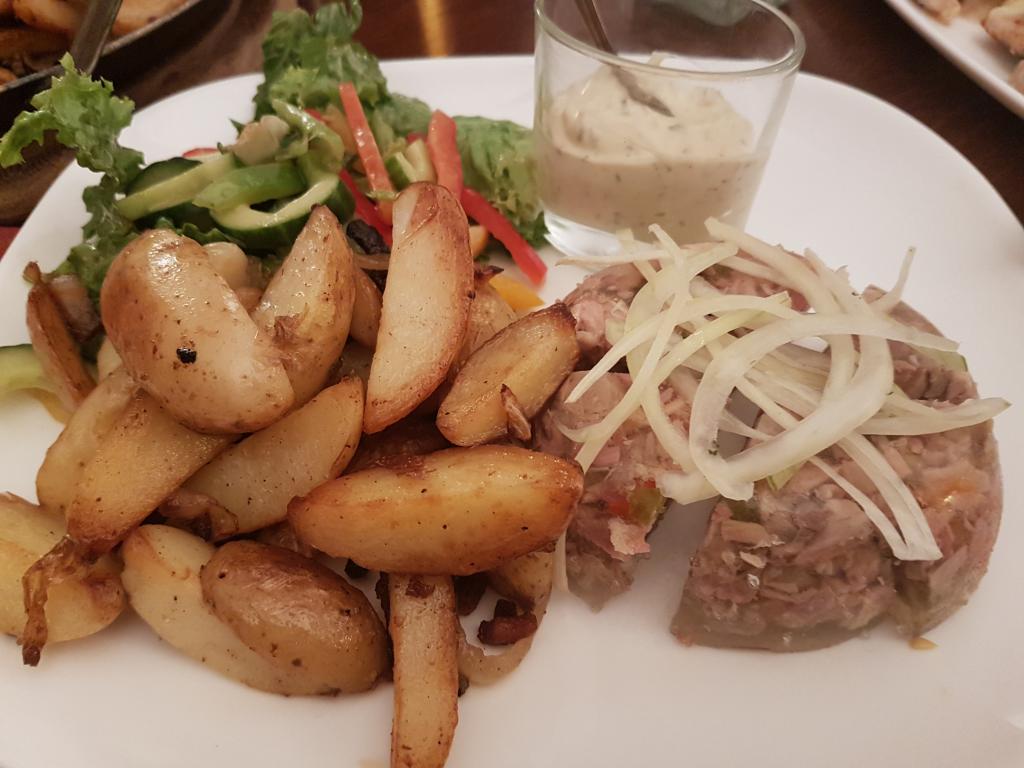
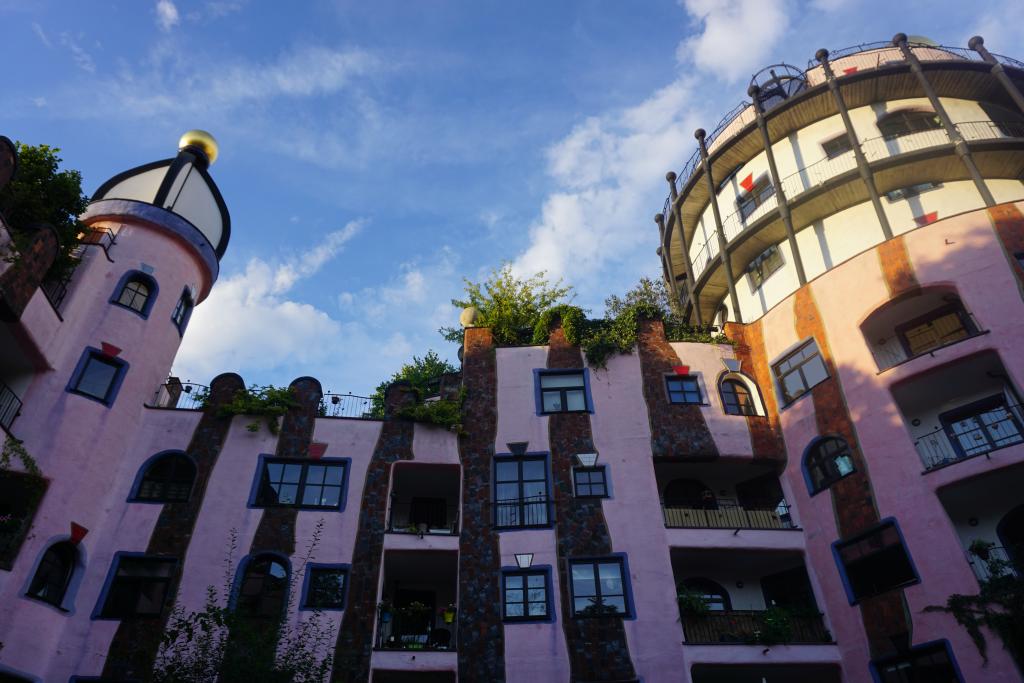
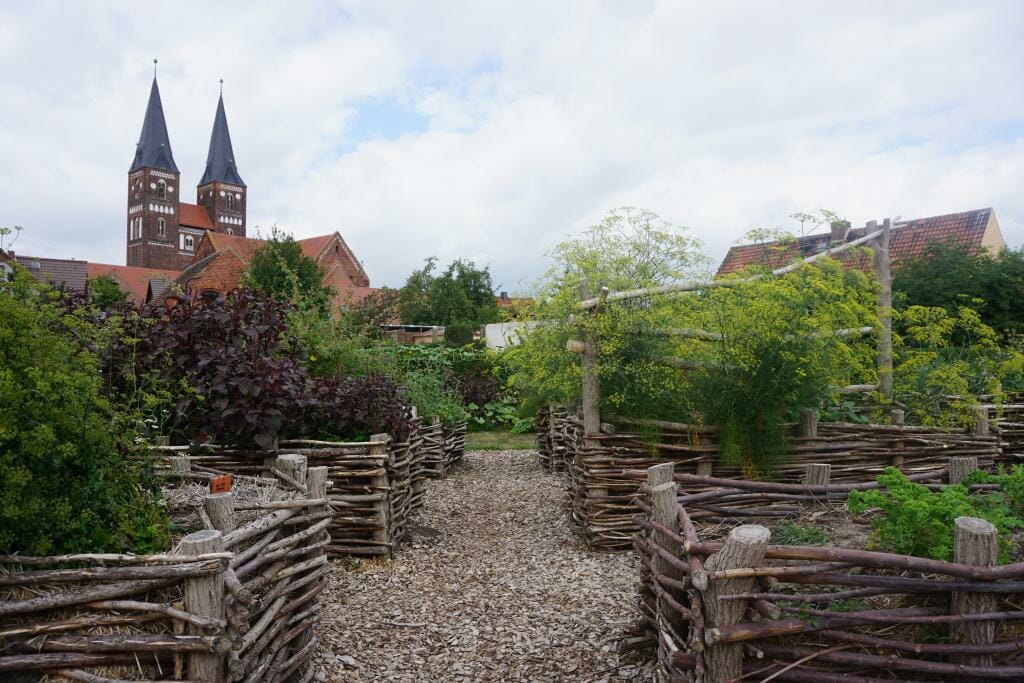
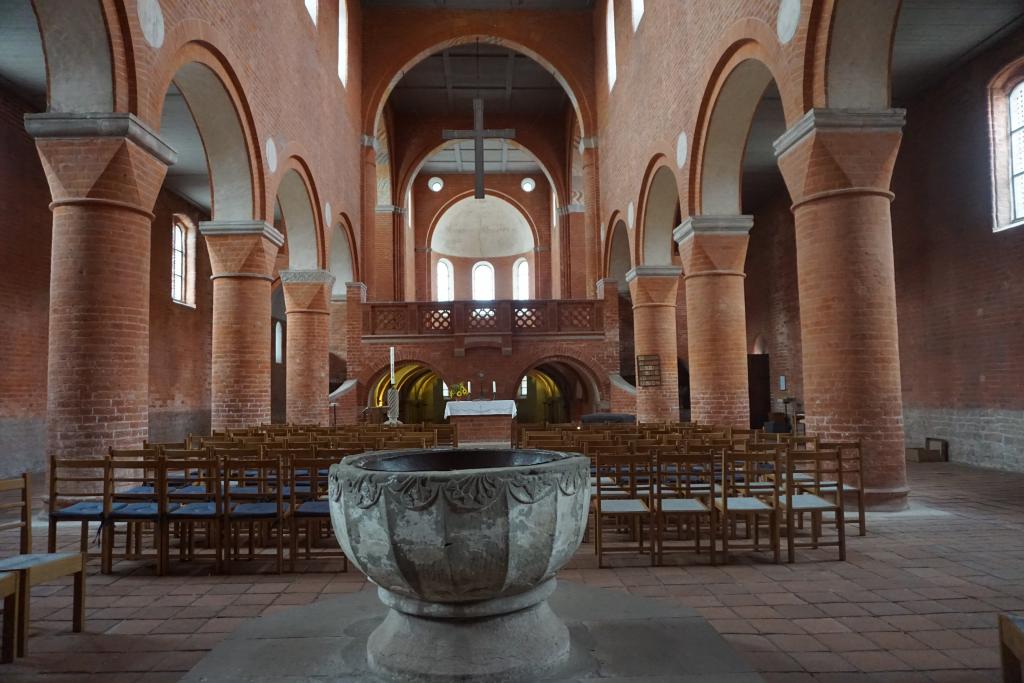
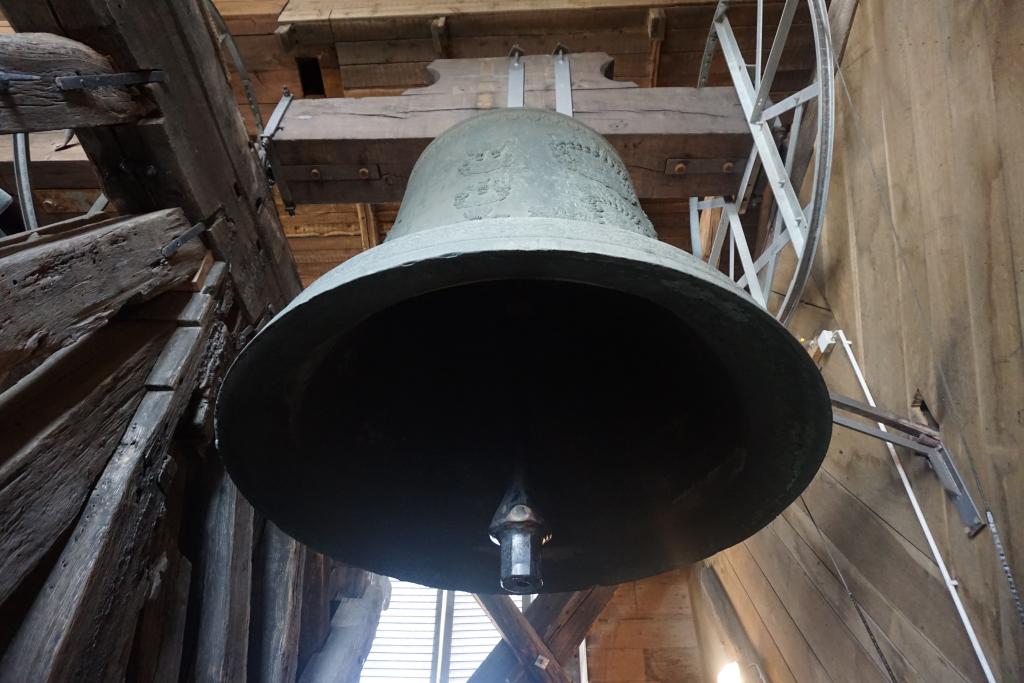
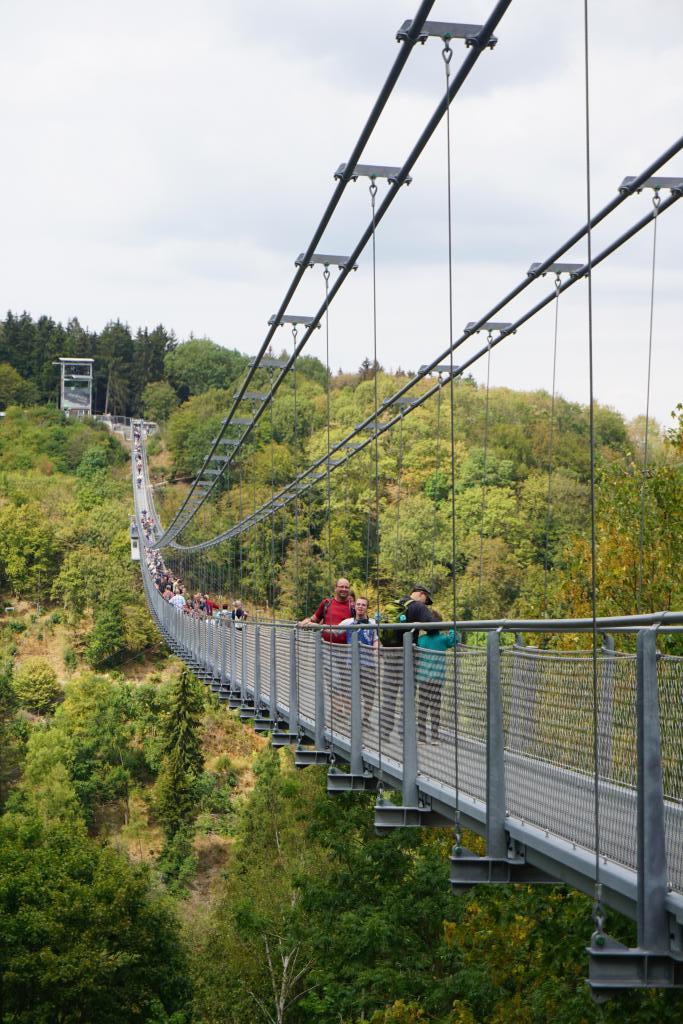
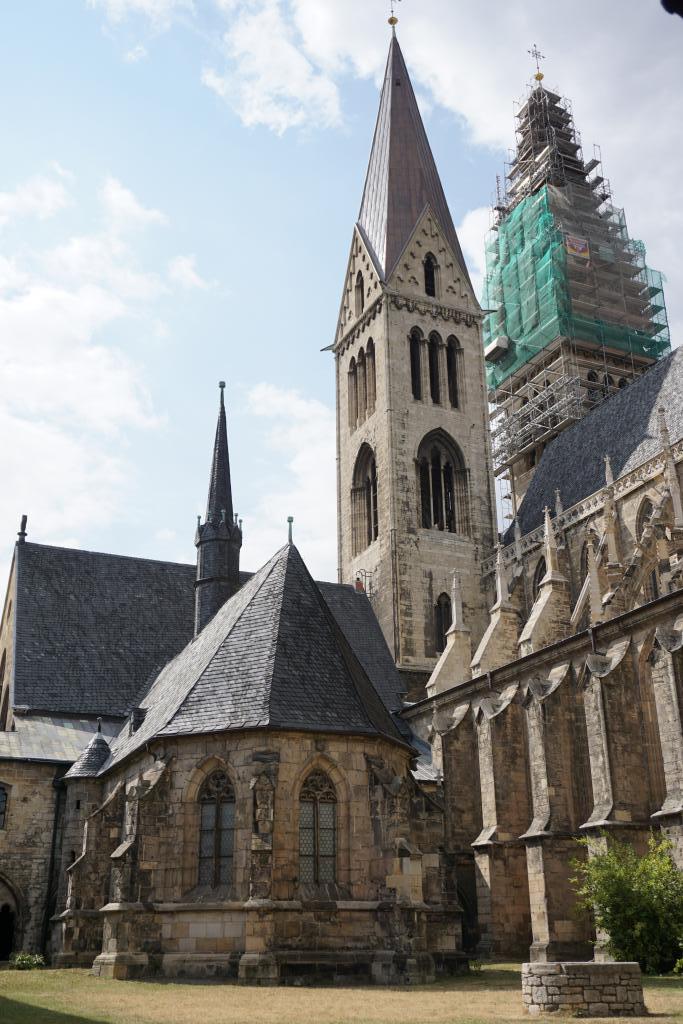
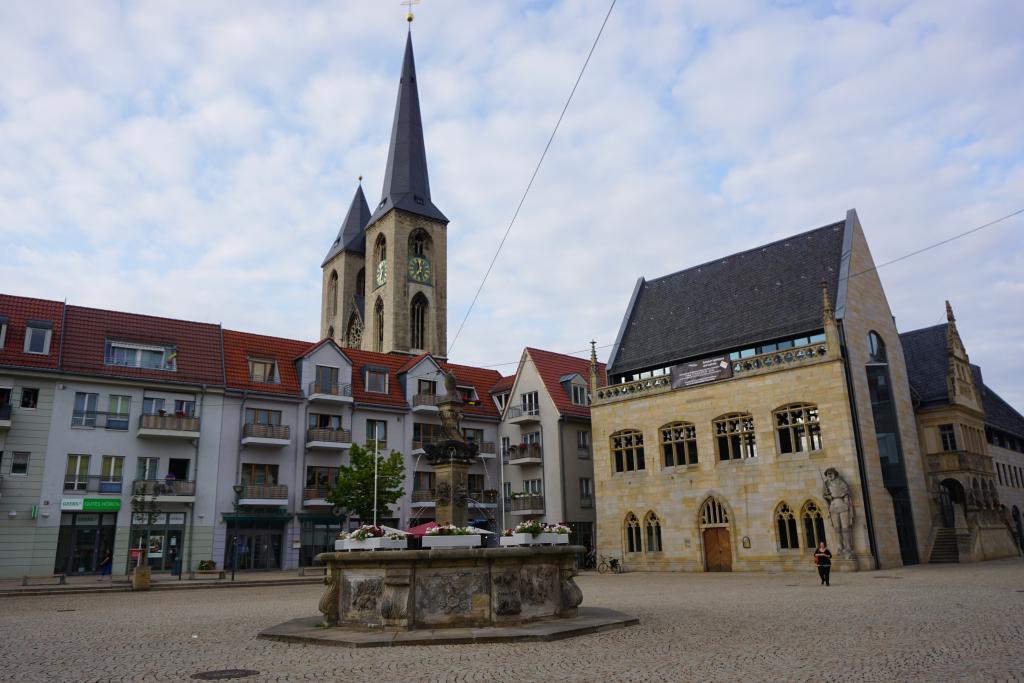
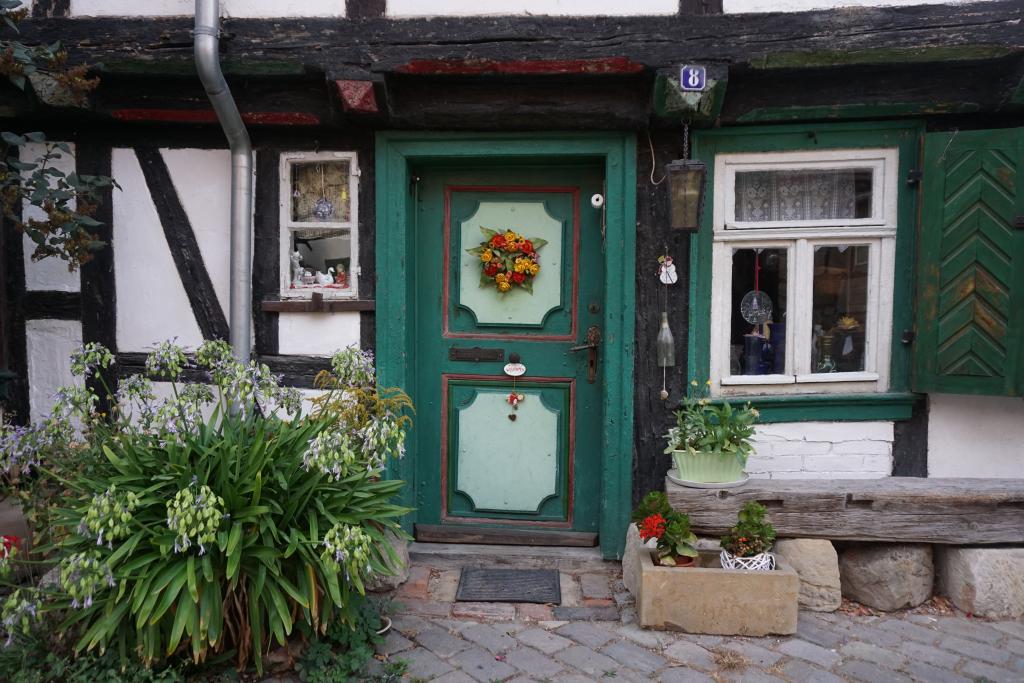
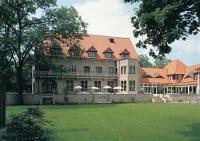
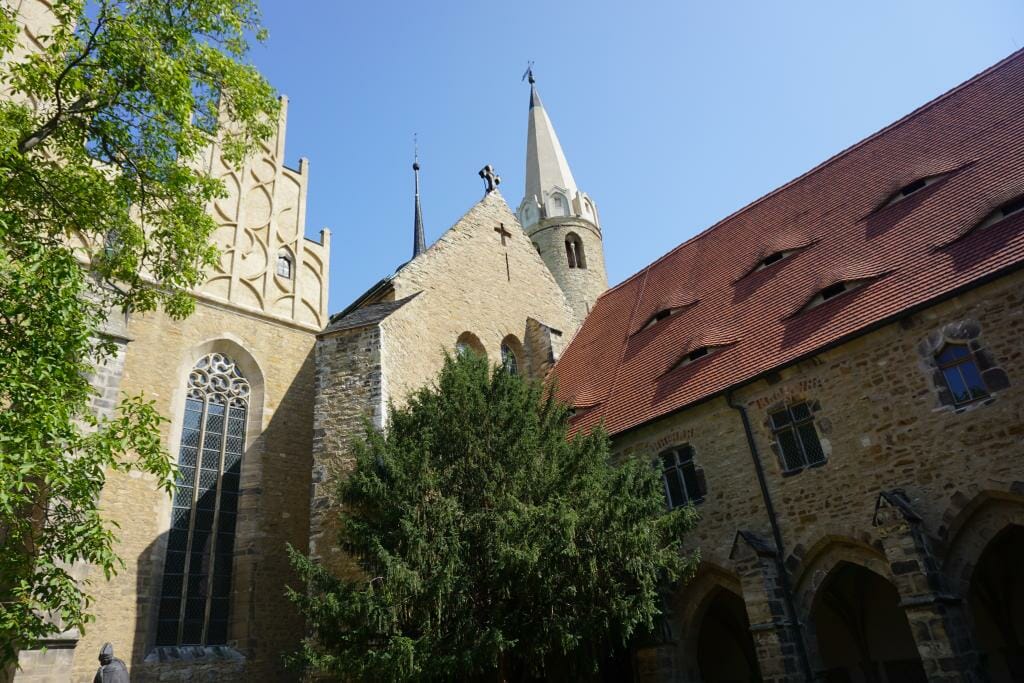
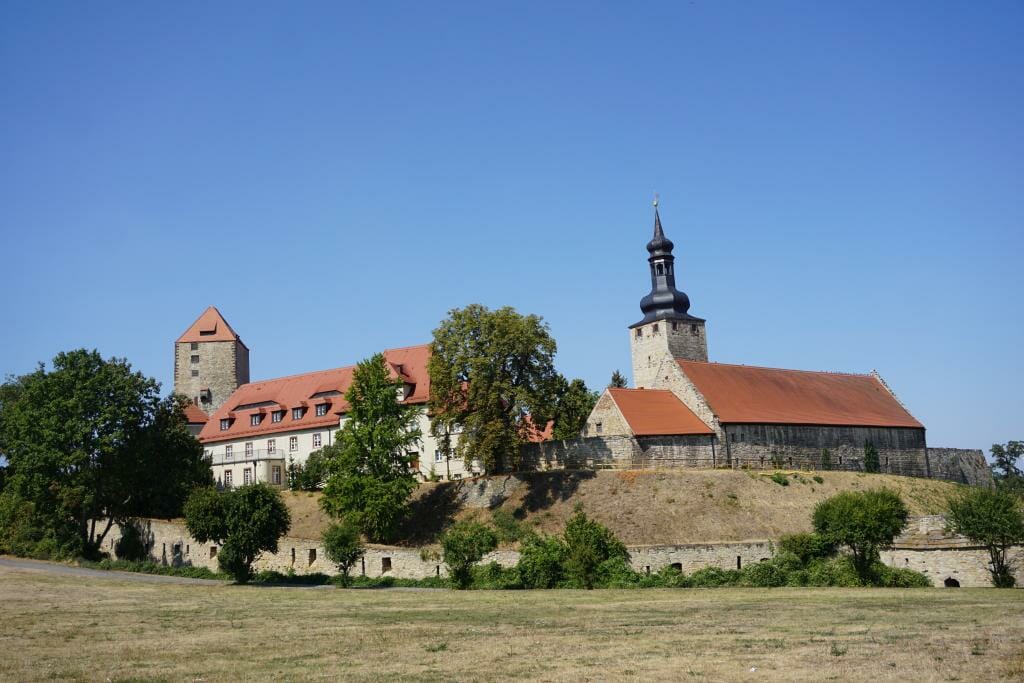
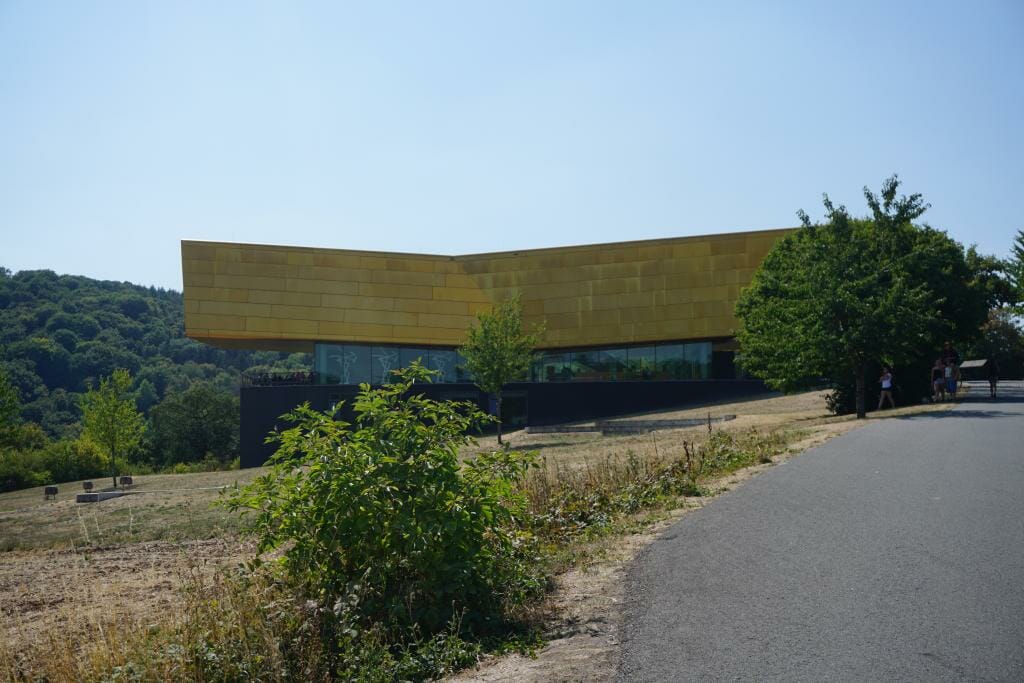


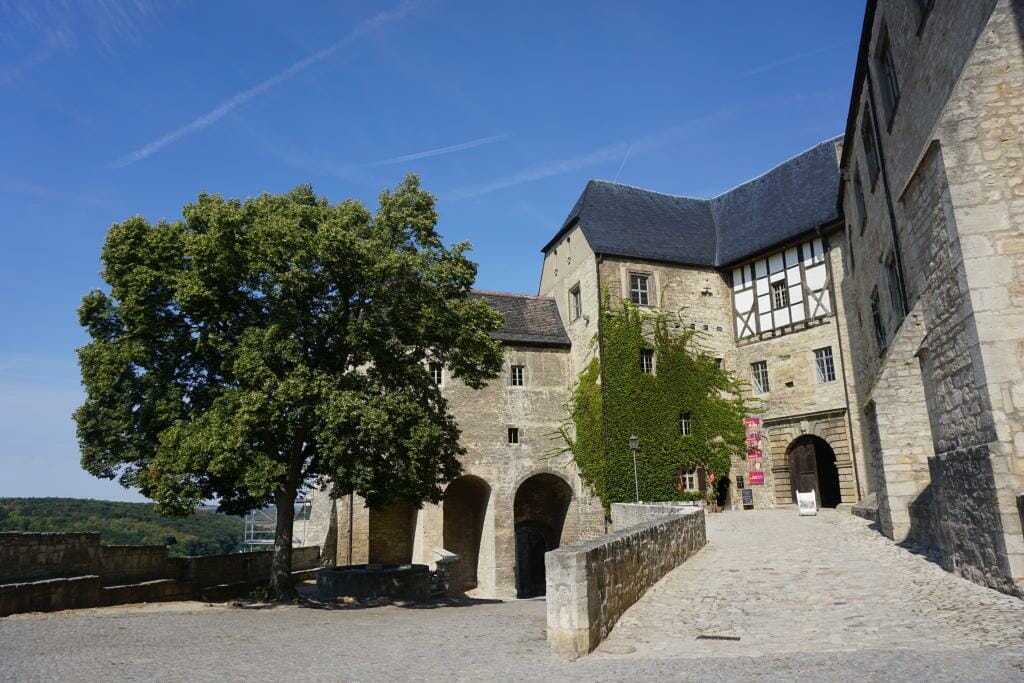
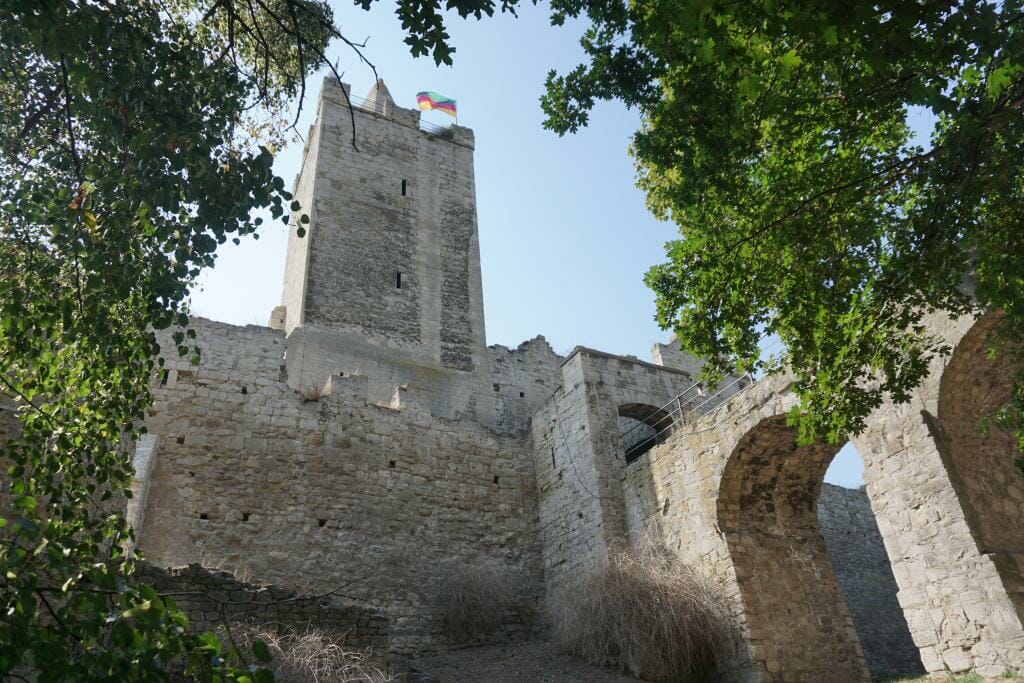
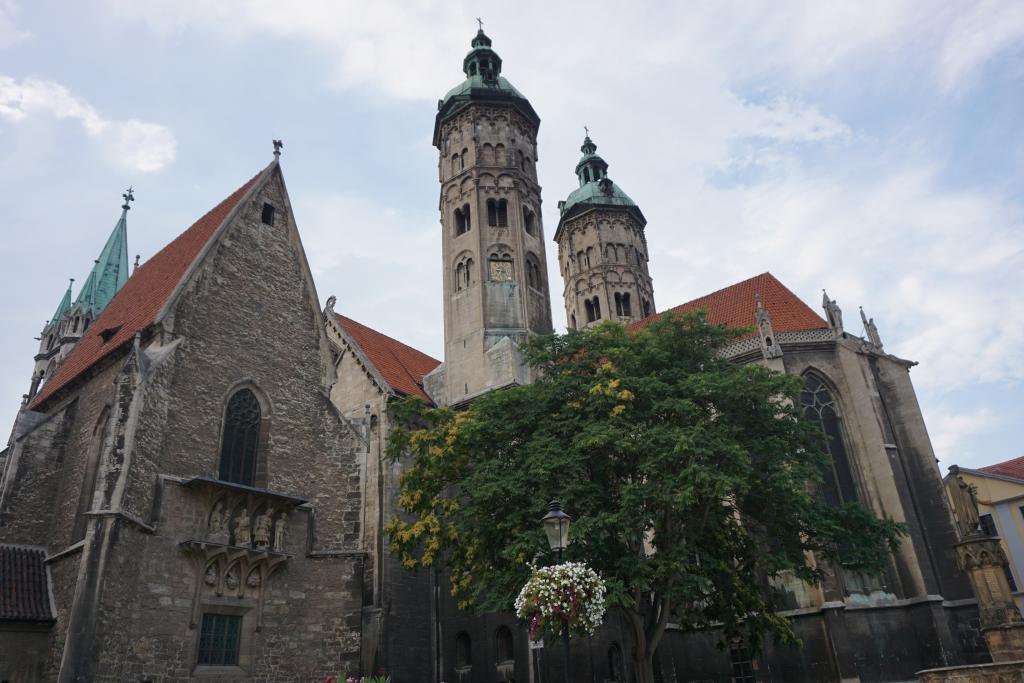

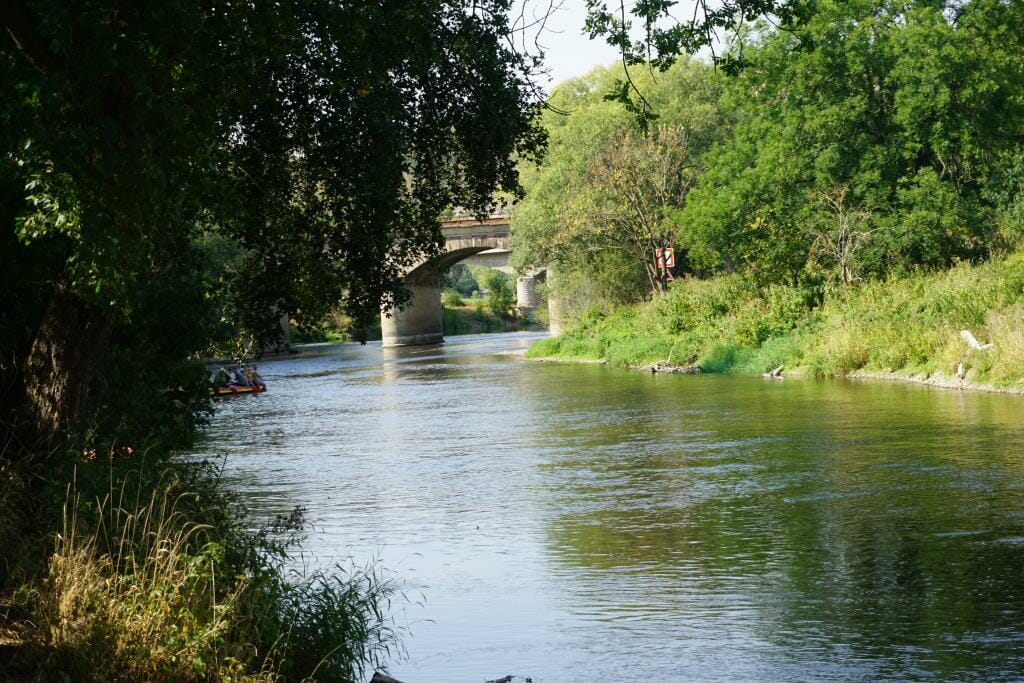

Aman
Wednesday 26th of September 2018
This blog is really interesting and kept me curious throughout the post. Such places like the various churches and cathedrals you describe are exceptional to explore. I am glad to say that you inspired me with your writing skill. Thanks for sharing.
Arachni
Saturday 15th of September 2018
I love Romanesque architecture. This region looks like it is full of hidden gems. Thanks for sharing!